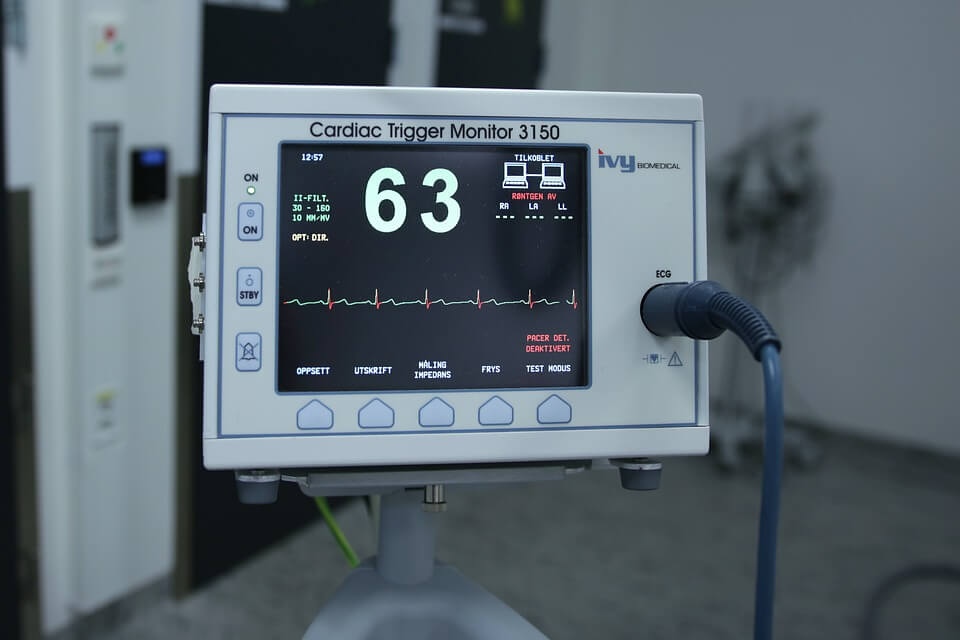CHILDHOOD OBESITY IS NOT A SIGN OF GOOD LIVING – Expert
The infection of the umbilical cord is one of the most frequently encountered problems among newborns. The often used name within the hospital setting is cord sepsis and it is a problem that often has major consequences for the entire mass of the affected baby.
The problem could begin at the time of birth in which case it could come about before a baby is born or happen soon afterwards. It is never a pleasant development and sometimes, a newborn will be forced to remain in hospital on intravenous antibiotic therapy for many days after delivery.
When it is considered that infections in newborns remain a leading cause of death amongst babies everywhere in the world and, that umbilical cord infections are an important component of this number, one can then appreciate the scale of the problem. In developed countries, serious complications from this malady are rare but it is as common as cough and diarrhoea in the developing countries of the world and often with death resulting from it.
The infections seen in the cord are often not obvious before delivery because they do not cause any symptoms. However, the ones that occur after delivery will often cause the cord to change colour, change the surrounding odour and even bleed. If such bacteria get into the vagina before a baby is born, they can migrate into the uterus and spread into the amniotic sac, the bag of water that surrounds a baby and cause an infection called chorioamnionitis which is marked by a repulsive vaginal discharge, fever, abdominal pain and a fast heart beat in the mother.
When the bacteria that cause chorioamnionitis also affect the umbilical cord, it is known as funisitis which in turn makes it more likely for a baby to be born with a lot of health complications that might include problems with development and organ damage.
In some cases, a stillbirth is the result. This is often a matter of great distress to parents especially when the range of possible problems is not disclosed to them at once and they have to learn about them in a piecemeal fashion.
When the cord is involved in an infective process after delivery, it is usually because bacteria somehow get to infect the stump of the umbilical cord left behind after the main length has been cut off by the attending midwife or obstetrician. Such an infection is known as omphalitis and it is equally dangerous to the life of the newborn.
In developed nations of the world, such infections are often quickly detected and treated with vigour. In many of the hospitals in the developing world, that is also true to a large extent. However, many deliveries still occur outside the hospital setting in those parts of the world. Among many such maternities and traditional birth attendants, the umbilical cord is severed with unsterilised instruments, tied off with unclean suturing materials many of which are left over from previous deliveries or simply infected by the fact that bare hands are used in effecting the delivery.
Occasionally, the cord gets to be infected after the baby is discharged home where rather than use recommended lotions to take care of the cord, mothers or more particularly, the grandmothers switch to using saliva, battery water, cow dung and locally-brewed gin to achieve healing.
The cord usually ought to dry up and fall off on its own within several days to several weeks after delivery. These substances are believed in one way or the other to enhance that process. Those who survive the inhuman passage do so by the grace of the heavens above.
Those who do not have such grace succumb to severe infections. On many occasions, such infections are complicated by tetanus. The infection can rapidly spread beyond the margins of the umbilicus in an established infection and develop into a disaster known as necrotising fasciitis, a condition in which the bacteria separate the different tissue planes and strip them off of each subsequent layer such that it begins to look like the skin has been chewed.
It is very important, therefore, that parents and healthcare personnel as well as caregivers, should know what these typical features are so as to be able to ensure that prompt action is taken once an infection has taken place. The cord will begin to bring forth a discharge which will have an offensive smell. There may be a rash or blister formation around the cord or belly button and the baby will begin to cry abnormally.
In addition, there will be a fever with the baby refusing to breast feed and become generally irritable. The baby may manifest sudden changes in behaviour as well and may swing from undue sleepiness to implacable crying inside of a five minute span. The skin around the cord can also be seen to be reddish and touching that area will elicit pain. The cord stump itself will also change colour and may have some tissue that appears to be striping off in slimy bits.
It is important to take notice too, that any infection in a newborn child is an emergency in so many ways, not the least because the baby is unable to complain about how it feels.
Despite all the challenges often seen in sub-Saharan Africa, many babies survive despite the abuses they undergo in their early life. However, some factors worsen the likelihood of any baby getting some of the infections described above.
Some of these conditions are so important that they will be isolated here in order to attract the degree of attention needed to emphasise their importance.
These are:
*Low birth weight babies weighing less than 2.5kg or very low birth weight babies weighing less than 1.5kg
*Babies born in an unclean setting using instruments that are not sterilised to cut the umbilical cord.
*Babies who are born to mothers that already have what are recognised as risk factors for sepsis and these are mothers who had a fever around the time of delivery; mothers with a smelly vaginal infection as a manifestation of a genital tract infection or more seriously as a feature of chorioamnionitis already discussed above; mothers who suffered from any other kind of infection at this time that may be contagious and finally, those mothers who began to drain their liquor, the water around the baby, one or two days before delivery due to premature rupture.
When parents do not properly take care of the umbilical cord in a way that will guarantee that it remains clean either because they fail to use prescribed lotions to clean it or they use their own unproven methods to dress the cord.
Any minor surgical procedure around the umbilical cord frequently for the purposes of intravenous cannulation of the umbilical vein for exchange blood transfusion or intravenous fluid therapy can similarly get the cord infected with any of the above consequences.
While cord infection prior to delivery may not be preventable, those occurring afterwards can often be prevented. This is achievable by any of the following;
- Wash the hands with soap and water before touching the umbilical cord. .
- Do not place any kind of powder or other home concoctions on the cord.
- Do not wipe it with unclean, dirty or unsterile materials and if it has to be cut or trimmed at home or elsewhere, a sterile blade or scissors must be used.
- Obey the instructions given to you by the paediatrician with regards to the care of the cord.
When these problem facts are properly noted and therefore avoided, umbilical cord infections can be prevented.
– Dr Nkechi Ilobia is a family physician with interest in lifestyle medicine
@ Punch Newspaper

